Montreal's WW I memorials hidden in plain sight

The scars of the First World War are scattered across Montreal.
If you look closely,you can see the faces of soldiersin the windows of churches and read their names on plaques tucked awayin quiet hallways.
On the 100th anniversary of the Canadian Corps' successful attack on Vimy Ridge,we look at some of the tributes hiding in plain sight across Montreal.
Inside Windsor Station, you find the the angel of victory
The Canadian Pacific Railway commissioned MontrealsculptorCoeurde LionMacCarthyto create a memorial to its 1,115 employees who were killed in the war. Made of bronze,MacCarthy's sculpture depicts the the angel of victory raising up a dying soldier to heaven. CPR installed versions of the sculpture, sometimes called Winged Victory,at its stations in Vancouver, Winnipeg and Montreal.MacCarthy is also responsible for First World War memorials in Verdun, Trois-Rivires and Knowlton.
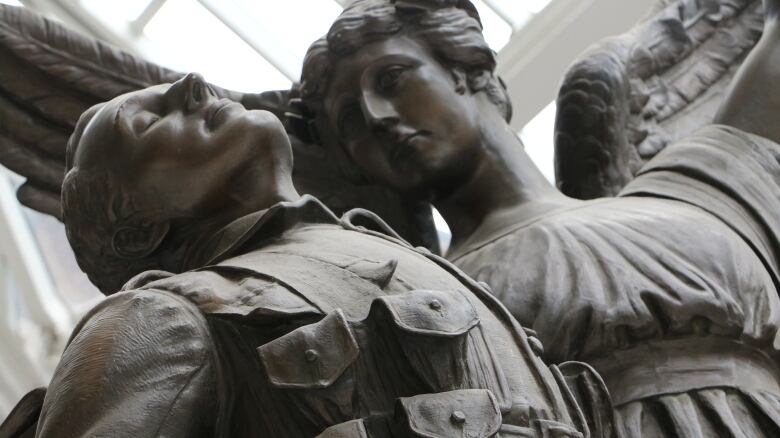
AlongSte-Catherine Street, a place of worship and refuge
Within the walls of St. James United Church in downtown Montreal is a beautiful commemoration to fallen soldiers during the war. The stained glass windowshows an angel watching over a soldier standing among other officersunder a British flag. The church also acted as a place of refuge for soldiers on their way to Europe during both world wars. The base of the stained glass window memorial has an inscription from the Bible:"Be thou faithful unto death and I will give thee the crown of life."
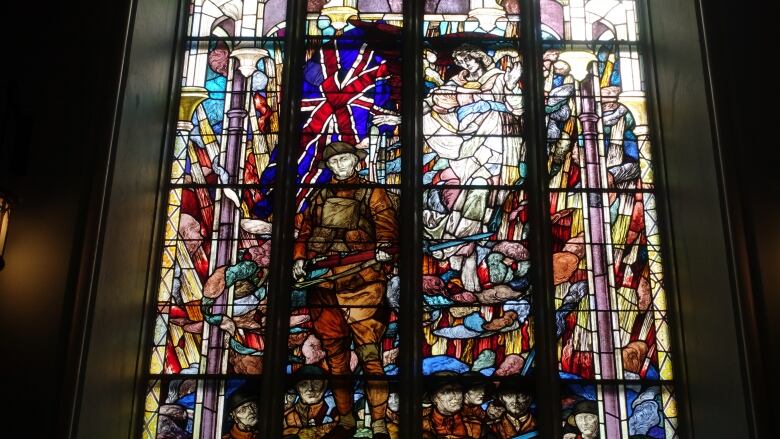
Thousands gather to watch football in a stadium named for a soldier
McGillbuilt a new stadium on the site ofMacdonald Park, under the urging ofPercivalMolson, a former star student athlete then serving on the university's board of governors. Just as the stadium opened in 1915, Molsonbegan serving in France. He won the Military Cross for gallantry after suffering injuries in the 1916 Battle of Sanctuary Wood. One year later, he was killed during a mortar attack near Avion. His will set aside $75,000 to offset construction costs of the stadium.In 1919, the university renamed the stadium in his honour. It is now home to the Montreal Alouettes.

Where students file past, a tribute to 3 McGill doctors
In 1919, a panel of three stained glass windows were installed in the main entranceway of what was then McGill's StrathconaMedical Building (it is now theAnatomy and DentistryBuilding). Each panel of the windowcommemorates a McGilldoctor who died during the war.
The left panel is dedicated toLt. Col. R.P. Campbell, who was killed in 1916. The panel shows an image of theThiepval Front, where he was killed, as well as asurgeon's knife, scissors and bandages. The right panel is dedicated to Lt. Col. H.B. Yates, who volunteered to serve at the age of 47 and died of bronchitis in 1916. His panel showsBoulogne, France, where he served in a military hospital. The centre panel, festooned with bright red poppies, is dedicated to Lt. Col. John McCrae. The bottom section features his poem, In Flanders Fields. He died of pneumonia in 1918.
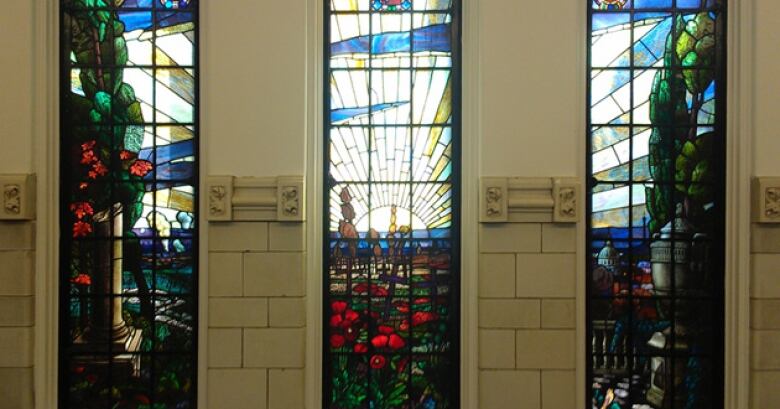
In the city's Old Port, you come across a memorial to sailors
Along the waterfront in Montreal's Old Port is an iconic and highwhite clock tower that was erected in 1922. Nearly 150 feet tall, the clock tower is a tribute to the sacrifices made by sailors during the First World War. Also known as the Sailors Memorial Clock Tower, itserved as a guiding light for ships coming into the city along the St.Lawrence River and to mark the entrance to the Old Port.
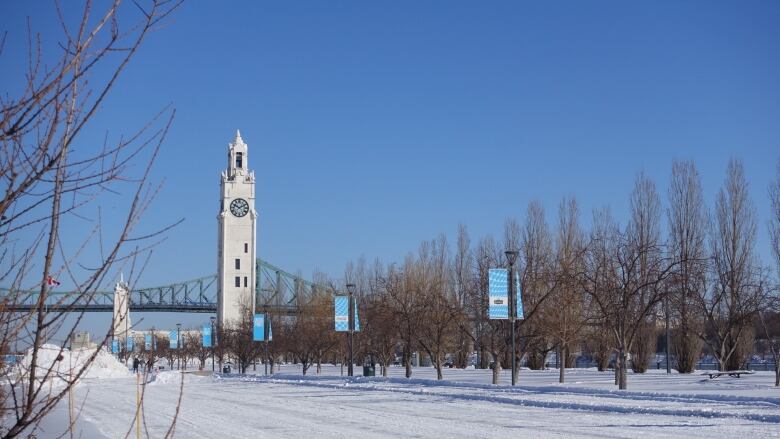
A downtown church dedicated to the fallen soldiers from Montreal
Unveiled in 1921, a stained glass window hangs above the altar at the Church of St. Andrews and St. Paul. The window honours Lt.-Col. Barlett McLellan and officers of the 42nd Battalion, Royal Highlanders of Canada, which was formed in Montreal.
McLellandied at the age of 49 on Aug. 3, 1918.The inscription reads: "In proud remembrance of Lt-Col Bartlett McLellanD.S.O. Officers & Men of the 42nd BN, R H C. They sought the glory of their country. They see the glory of God."
The stained glass window is just one of the many tributes to the bravery of soldiers during the war within the church, which is associated with the Black Watch of Canada.
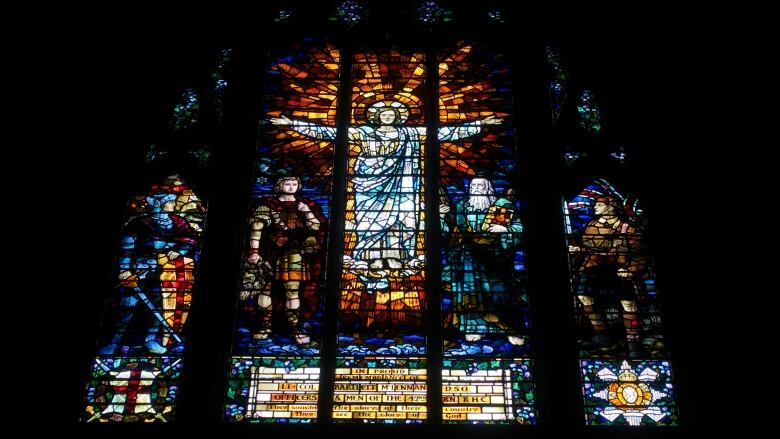
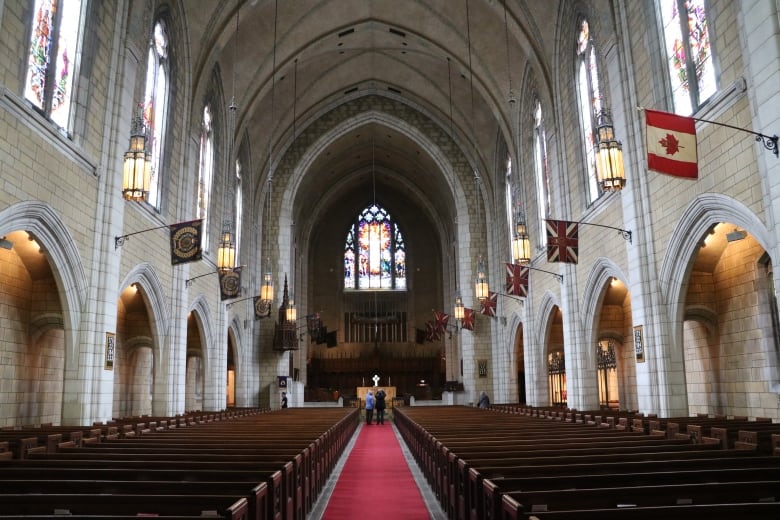
Text by Jonathan Montpetit, Kalina Laframboise. Photos by Dennis Cleary, Louis-Marie Philodor












_(720p).jpg)


 OFFICIAL HD MUSIC VIDEO.jpg)
.jpg)



























































































